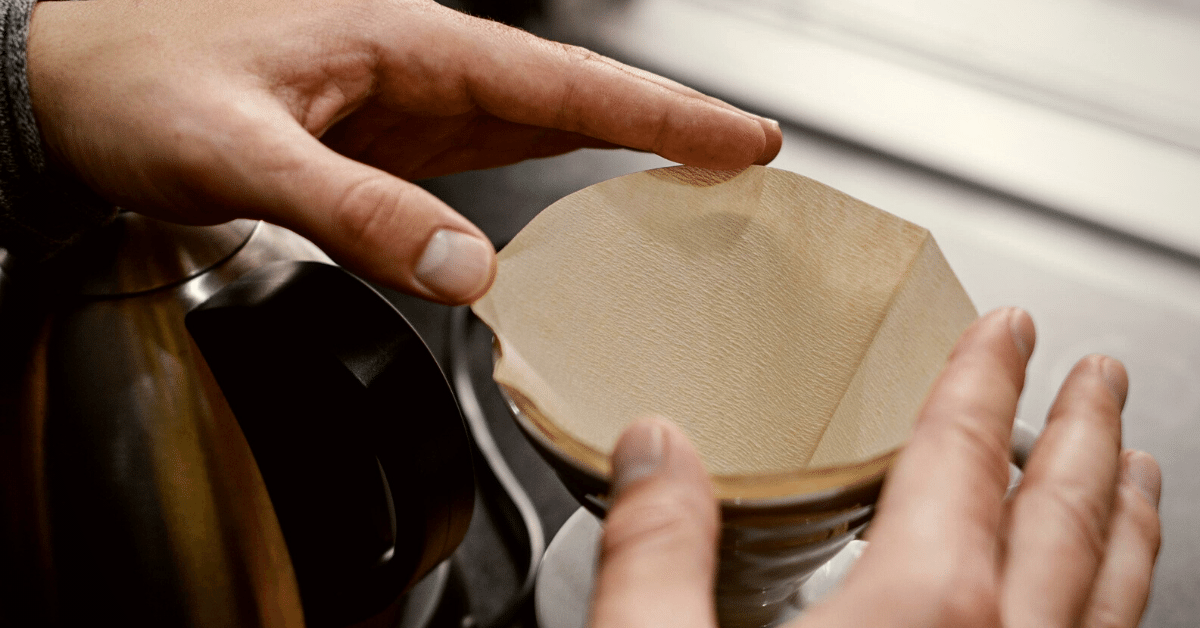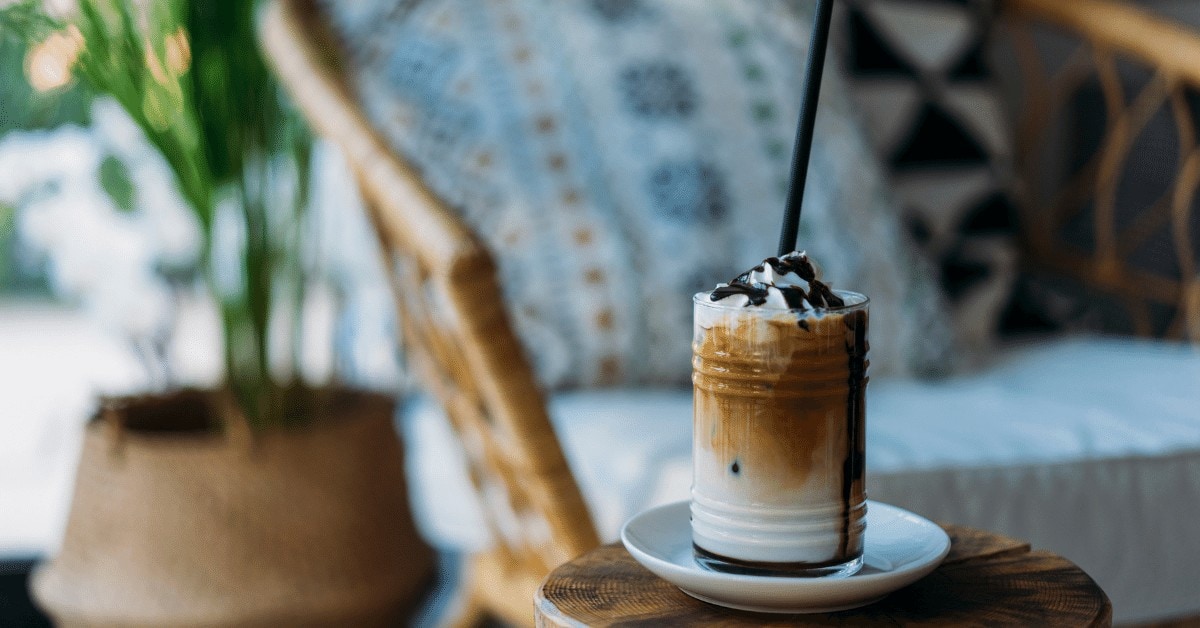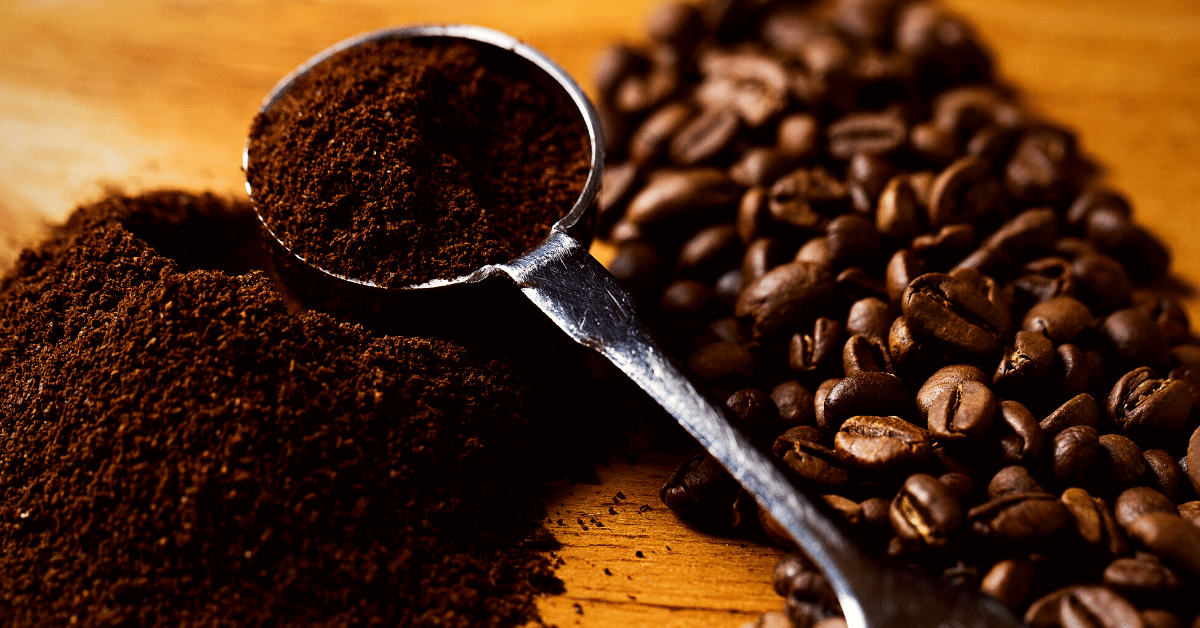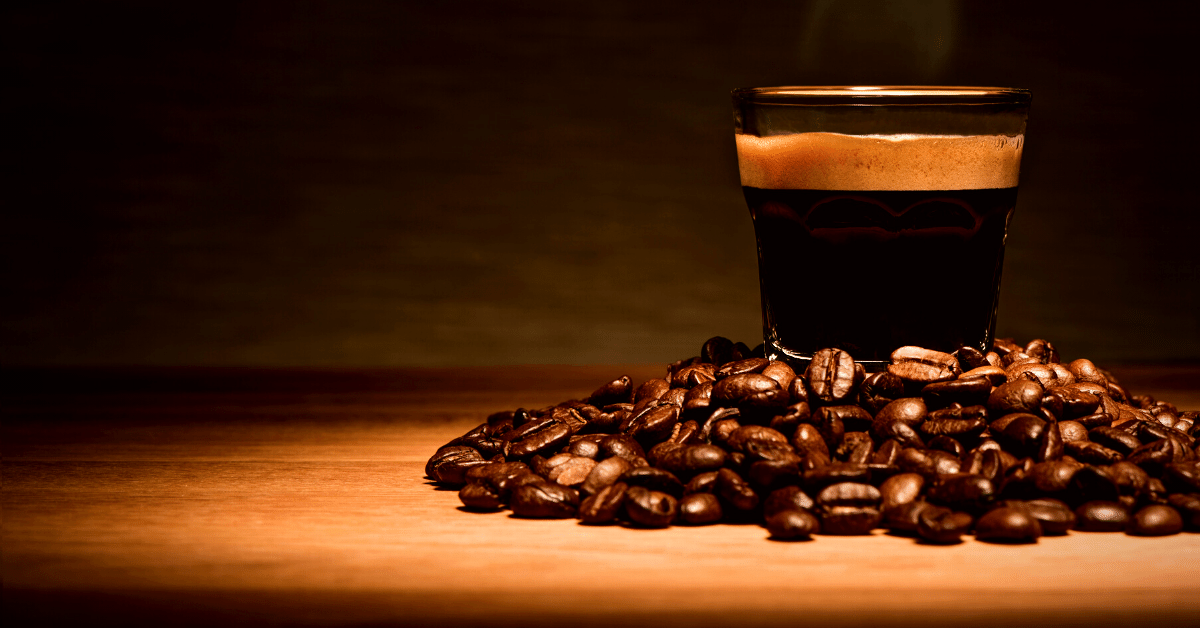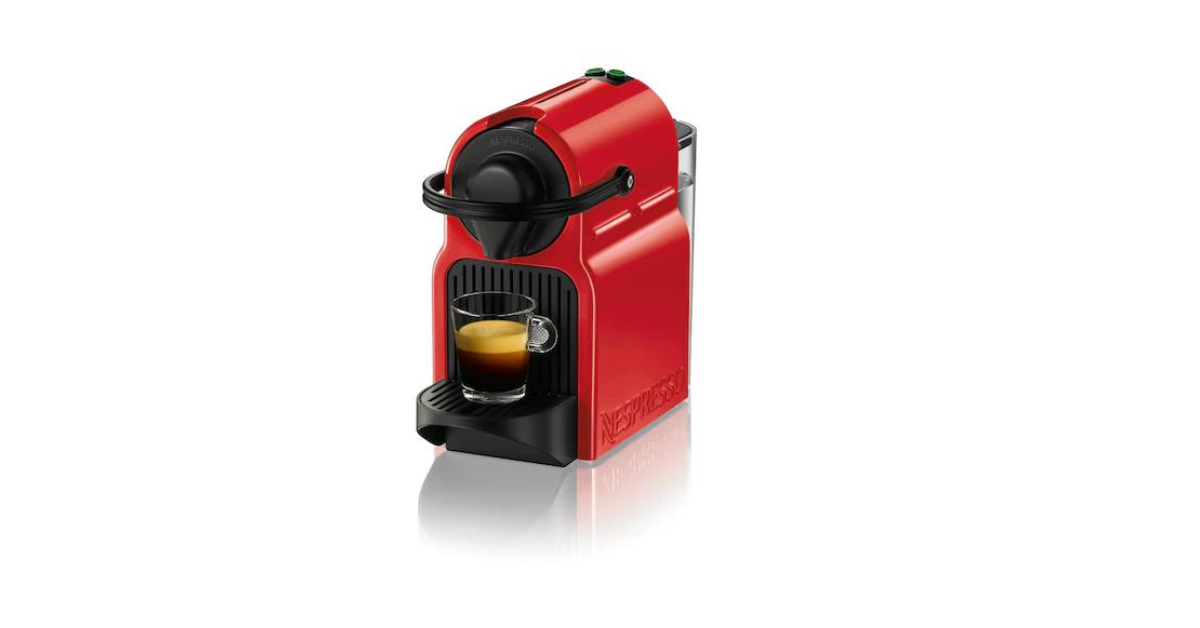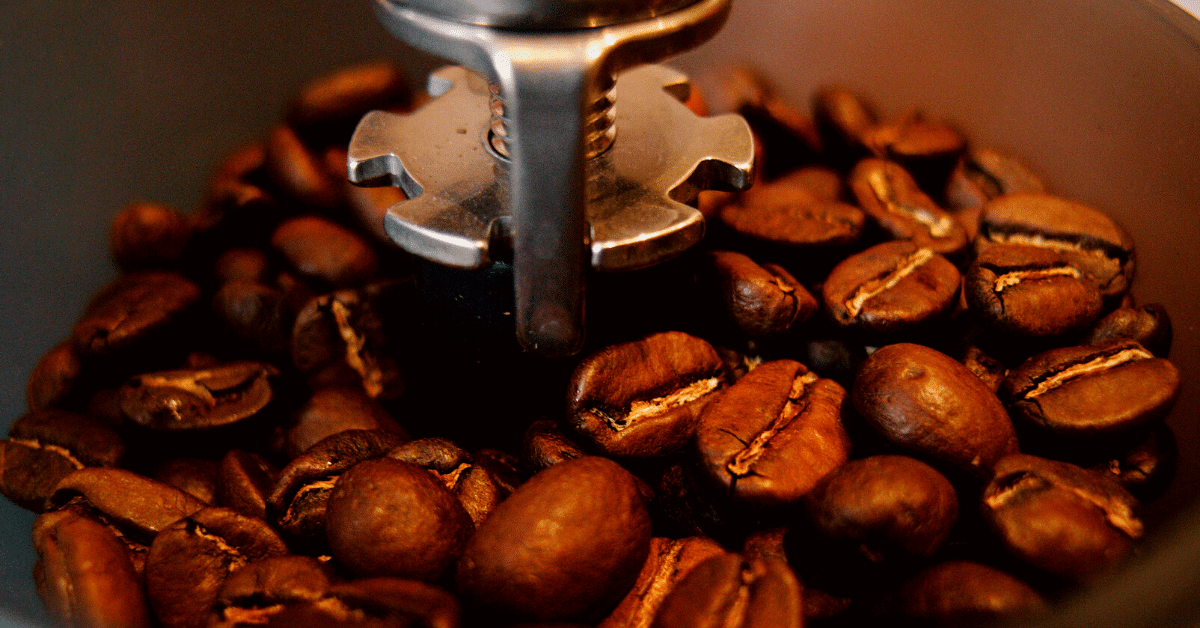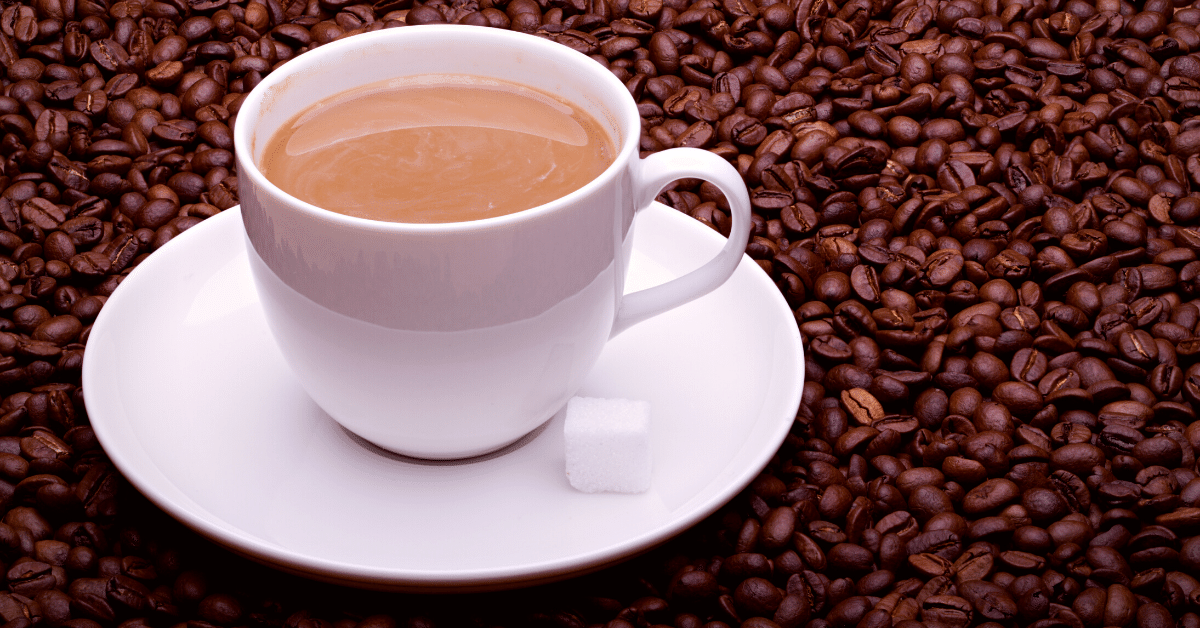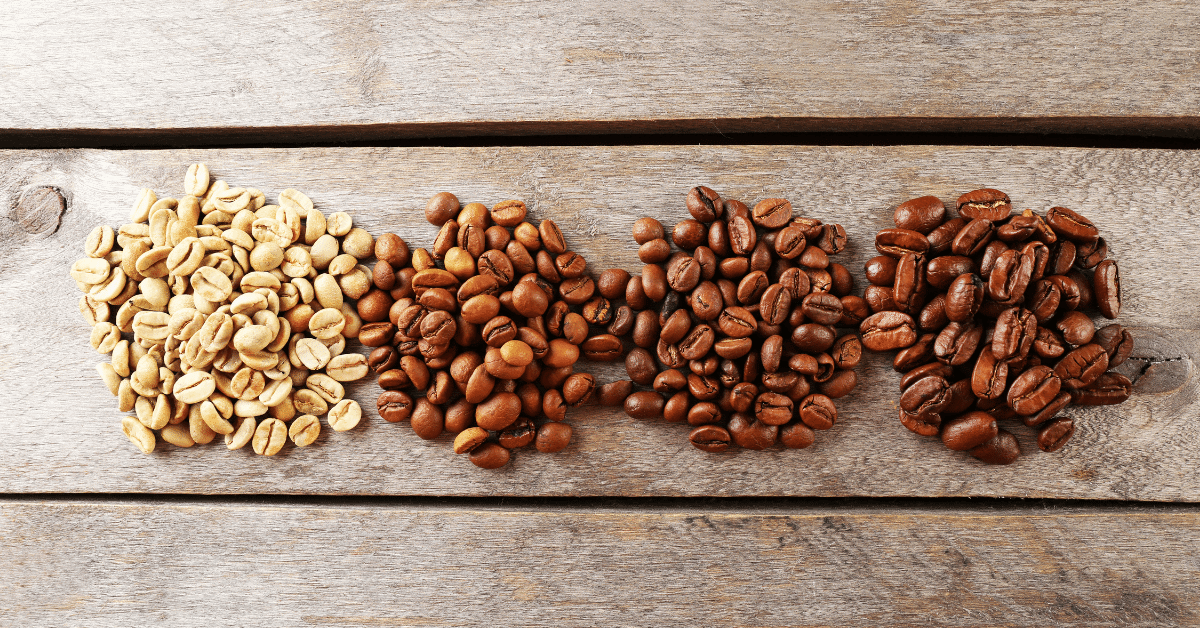You need several things to make an excellent cup of coffee.
And one of them is the right coffee filter.
But which one – cone or flat?
The answer isn’t that straightforward, as it depends on different factors.
Well, let’s solve that right now.
Without further ado, I present to you the cone vs flat coffee filter showdown.
What Exactly is a Cone Coffee Filter?
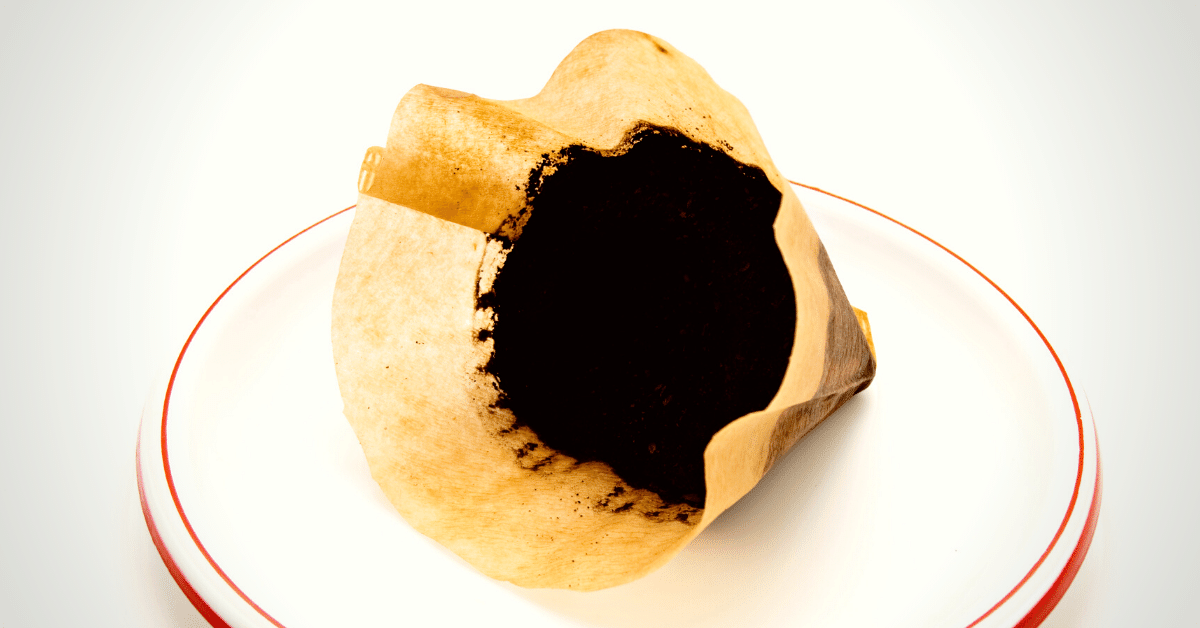
The name of this type of coffee filter already gives you a pretty good idea of what it looks like. It’s conical – just like the funnel or a party hat but turned upside down.
Well, certain models might have a tapered bottom, but they’re still conical for the most part. The top opening is wide, and it narrows down towards the tip.
The whole idea behind this shape is based on even extraction.
Here’s what I mean:
When you add coffee into the cone filter, it collects at the base – thanks to gravity. And when you pour water over it, it will flow down through the grounds. No matter how much coffee you’re using, all of it will get saturated.
And, due to the shape, water will flow at a slower rate through the grounds, causing a longer extraction. For that reason, your coffee will have a bolder flavor profile.
Pros
- The shape assures coffee gets evenly saturated, so your final result is more consistent
- It allows you to extract dark and earthy notes
- Cone filters work best with manual pour-over methods
Cons
- Brewing dark-roasted coffee using this filter can increase its overall bitterness
What About a Flat Coffee Filter?
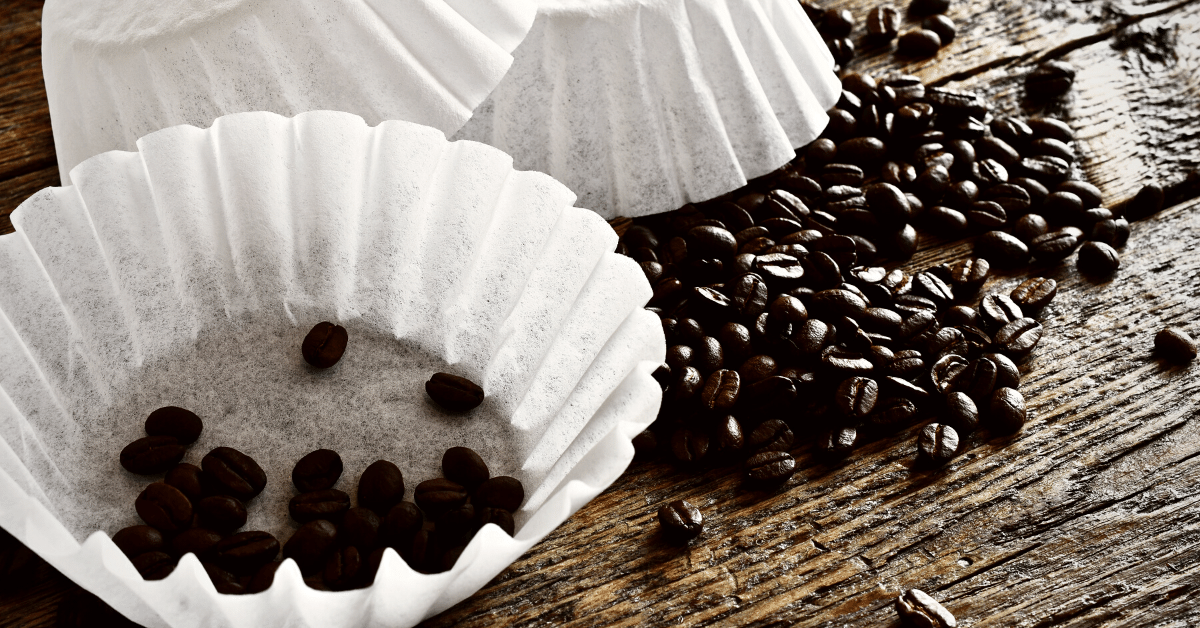
At first glance, this type of filter looks exactly like the muffin wrappers. It has corrugated edges and a flat bottom – exactly the opposite of its cone counterpart.
The flat bottom coffee filter is generally used for a larger coffee machine since it can hold way more coffee grounds due to its shape.
However, its shape is a double-edged sword. Because coffee grounds are spread inside the flat filter, water might not evenly saturate them when passing through. This also means they might not get equally extracted.
Furthermore, water will pass through this type of paper filter much quicker than it would through a cone-shaped one. That means the overall extraction time is shorter with flat bottom filters.
Pros
- The filter shape allows water to run through the filter basket at a faster rate
- Generally, flat coffee filters are more affordable
- Creates a more balanced brew when using dark roast
Cons
- Due to the shape, coffee might not get equally extracted
Cone vs Flat Coffee Filter: What Makes Them Different?
Okay, so we all can clearly see the difference in shape between these two types of paper coffee filters.
But what you actually need to know is how their shapes affect their performance.
Brewing
A paper coffee filter can be used with different brewing methods, but they’re not exactly used interchangeably.
Pour-over coffee makers, like the Chemex and Hario v60, work with a cone shaped filter. That’s actually easy to presume given the fact they all have the same cone shape.
With a pour-over method, cone filters allow you to achieve even extraction without working too hard. Just pour water slowly into the filter, and it will go through the entire content of the filter before dripping into the bottom chamber.
Drip coffee maker, on the other hand, requires a basket filter, which can hold more coffee grounds. And not just that, but these machines generally have large showerheads that ensure the grounds get evenly saturated.
Flavor
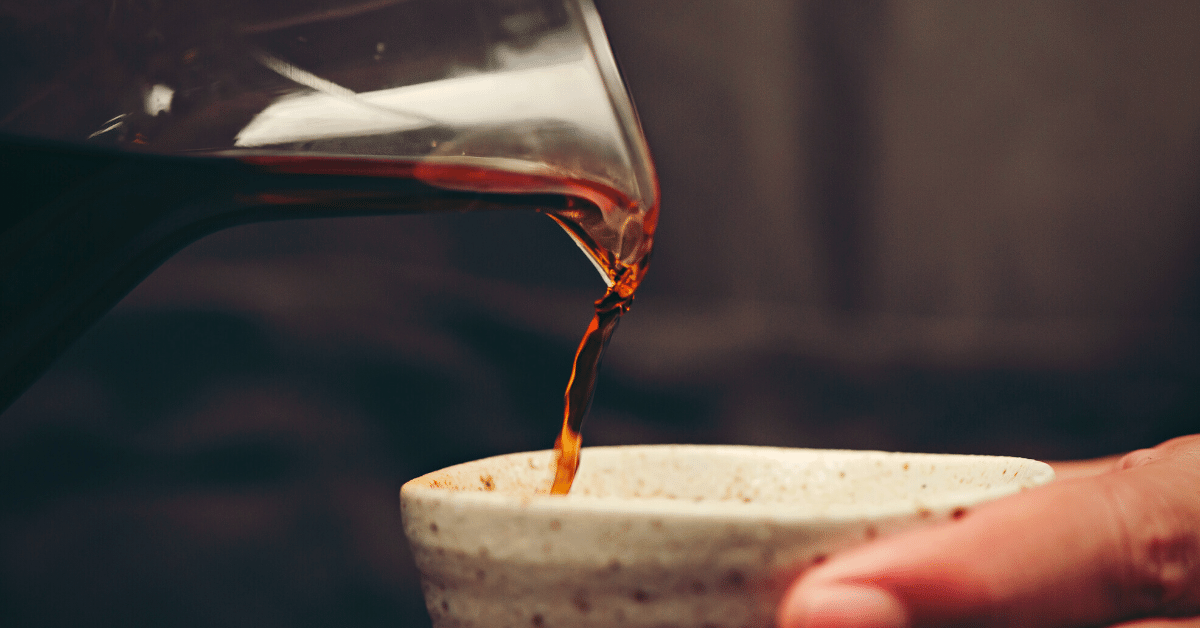
I know it might sound weird at first, but the difference in shape actually has a lot to do with how your coffee turns out.
That’s actually scientifically proven. Several studies were done on the subject, and they all came up with the same conclusion.
Remember how I said before that water goes through a cone filter much slower than it does through a flat one?
Well, coffee consists of different compounds, all with different extraction times.
The first ones to get extracted are acids and fats, which give the coffee a sour flavor and body, respectively.
Next on the list are sugars. And finally, the last to dissolve are plant fibers, which give coffee that bitterness.
Since water takes longer to pass through a cone filter, it will extract all these compounds we mentioned. So the final results will have dark notes with possible bitterness.
The prominent notes the cone filter might accentuate include:
- Earthy
- Berry
- Smokey
- Tobacco
- Cocoa
- Astringent
With flat filters, the fibers of ground coffee might not get the chance to dissolve. Therefore, your coffee will be sweeter, with more refreshing notes, such as:
- Fruity
- Floral
- Honey
- Tea
Obviously, there’s no right or wrong here. The choice of filter depends on the flavor profile you prefer.
Of course, it’s worth noting that there are other factors that influence the coffee taste. These include the type of beans, roast, and grind size used.
Compatibility
With filters, there’s no one size that fits all.
Conical filters come in 4 sizes:
#1 – used for a single-serving coffee maker
#2 – suitable for 2-6 cup coffee maker
#4 – designed for 8-10 cup machines and a large pour-over coffee maker
#6 – used for 10+ cup coffee makers
But in most cases, you’ll use either the #2 or #4.
With flat basket filters, you don’t have a lot of size options to choose from. Most of them are designed to be used in a large coffee maker, ranging from 8 to 12-cup sizes. You can get junior filters for smaller models, which will fit better.
To Sum Things Up
As you can see, the differences between the two types of paper filters aren’t negligible.
A cone filter, typically used for manual pour-overs, has a longer extraction time. For that reason, your cup of coffee might be bold and dark, with a slight bitterness.
A flat coffee filter, on the other hand, is generally used for drip coffee makers. And since it allows water to pass through rapidly, it only extracts sweet and bright notes from the coffee beans.
Which one is better for you depends on the type of coffee you prefer as well as the brewing method you’re using.
Need a recommendation? Check our list of the best coffee filters on the market.

